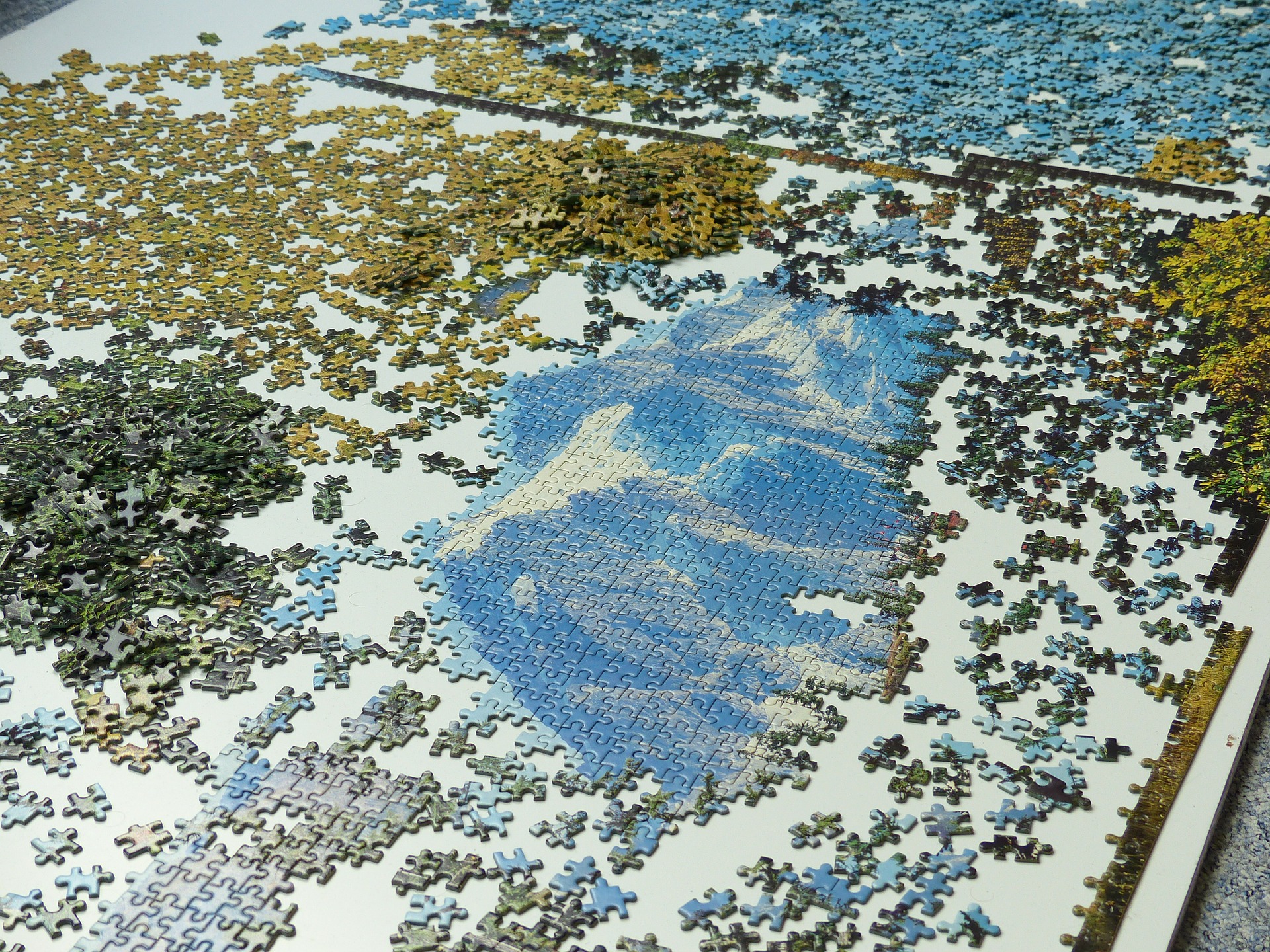Building a Framework for Making Sense of History
In my experience, each group of history students has at least one Mr. Why-Didn’t-They-Just question.
“Why didn’t they just agree to quit fighting?”
“Why didn’t they just invent flamethrowers?”
“Why didn’t they just change their religion?”
“Why didn’t they just discover America and move there instead?”
Mr. Why-Didn’t-They-Just has a point, and compared to other students he has extra imagination rather than extra bewilderment. History can seem like a lot of dumb stuff happening, weird people from long ago acting inexplicably. To help students make sense of history, I have found it helpful to begin each school year by discussing some basic realities and returning to them at opportune times throughout the year.
1. People are created in God’s image.
People are intelligent, creative, and resourceful, and can be brave and compassionate. I like to point out how so-called “primitive” peoples such as the Inuit and Australian Aborigines survive in harsh environments with astounding ingenuity and skill, produce beautiful art, and have complex (though flawed) traditional worldviews. Humanity can do great things.
2. People and the world are fallen.
Sin has corrupted humanity. People are idolatrous, vain, foolish, selfish, and stubborn. Even the good that they do is rarely unmixed with evil. Sin has broken the relationship between humanity and the universe, nature imposing upon man its uncompromising limits and buffeting him with disease and disaster.
3. People act in their best interests as they perceive them.
People do not act randomly. They know what they want, and they do what they believe is most likely to get it for them. The misery tending to result regardless of these efforts is due to the corruption of human desires and the short-sightedness of human actions.
4. People set themselves in opposition to those they perceive as different.
“Those people aren’t like we are. They have the wrong religion/skin color/ethnicity/language/social class/political affiliation, so we should eliminate them as a threat and/or exploit them as a resource.” That’s what a lot of history boils down to (and you scarcely have to mention the words “playground” or “lunchroom” to make students see that they’re not so different).
5. Very few of history’s conflicts involve the good guys vs. the bad guys.
We have a natural tendency to look for narratives of good vs. evil, but it’s usually the bad guys vs. the other bad guys, and sometimes the bad guys vs. the worse guys.
6. God is redeeming the world through Jesus.
History is such dark stuff that I doubt I could teach it as an atheist without being crippled by depression. But as a Christian, I believe that God’s grace is at work, leading His servants in righteousness now and promising a re-creation of the universe in the future, when a new heaven and a new earth will hold all of the good we see in history—and more—with none of the evil. Christians have the blessing of teaching history with hope.
Discuss these ideas with your class early in the school year. Explore biblical and contemporary examples that students will be familiar with, from Cain and Abel to terrorism and the fear of terrorism. The historical data in between—the substance of your history teaching—can become a structure that makes sense in this framework, rather than a jumble of strange events.

Related Items
Leave a Reply
Feedback